San Francisco was ideally situated to prosper during the California Gold Rush. Most goods not produced locally arrived by ship. But after the first transcontinental railroad was completed in 1869, San Francisco was separated from the new rail link. To avoid losing its position as the regional center of trade, locals looked for ways to connect the city to Oakland. In early 1872, a "Bay Bridge Committee" was hard at work on plans to construct a railroad bridge. San Francisco entrepreneur and eccentric Emperor Norton issued three proclamations calling for the design and construction of a suspension bridge.
Economic and engineering challenges would prevent any progress on the bridge until half a century later. To make the bridge feasible, a route was chosen to pass through Yerba Buena Island (formerly known as Goat Island), thus reducing the material and labor needed. After a great deal of lobbying, California received Congressional approval to use the island in February 1931. In 1932, still unable to finance the bridge, former U.S. Congressman Joseph R. Knowland, travelled to Washington and helped to persuade President Hoover and the Reconstruction Finance Corporation to advance $62 million for the building of the bridge.
Construction began in July 1933 under the guidance of chief engineer Ralph Modjeski. The western section of the bridge between San Francisco and Yerba Buena Island presented an enormous engineering challenge. The solution was to construct a massive concrete anchorage halfway between San Francisco and the island, and to build a main suspension span on each side of this central anchorage. The bridge opened in November 1936 with former U.S. president Herbert Hoover, Senator William G. McAdoo, and the Governor of California, Frank Merriam, in attendance. Governor Merriam opened the bridge by cutting gold chains across it with an acetylene cutting torch.
Naming:
A plaque honoring Emperor Norton for the original idea for the bridge was dedicated by the fraternal society E Clampus Vitus in 1939 and was installed in February 1955. The bridge was unofficially "dedicated" to James B. "Sunny Jim" Rolph, Jr., but this was not widely recognized until the bridge's 50th-anniversary celebrations in 1986. The western section is officially known as the Willie L. Brown Jr. Bridge, after former San Francisco Mayor and California State Assembly Speaker Willie L. Brown Jr. The name of the bridge for all functional purposes has always been the "San Francisco–Oakland Bay Bridge", and by most locals, it is referred to simply as "the Bay Bridge".
Fast Facts:
- The bridge carries about 260,000 vehicles a day.
- It has one of the longest spans in the United States (4.5 miles).
- It originally carried automobile traffic on its upper deck, and trucks and interurban streetcars on the lower deck.
- The new eastern section is a single deck with the eastbound and westbound lanes on each side making it the world's widest bridge, according to Guinness World Records, as of 2014.
- Connecting the two "halves" of the bridge is the Yerba Buena Tunnel, the largest diameter transportation bore tunnel in the world.





